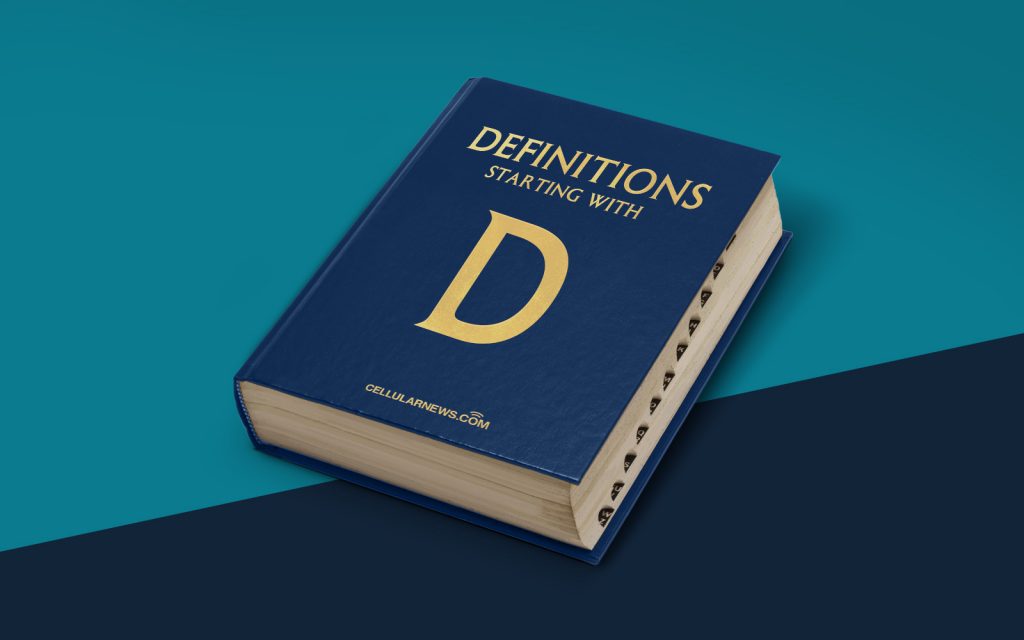
The Definition of a Decimal Point
Welcome to another installment of our DEFINITIONS series, where we dive into the world of numbers and their meanings. Today, we explore what a decimal point is and how it affects our numerical system. So, if you have ever wondered about those tiny dots that separate whole numbers from fractions, get ready to unlock the secrets of this crucial mathematical symbol!
What is a Decimal Point?
A decimal point is a punctuation mark in our numerical system that is used to separate the whole part of a number from its fractional part. It is typically represented by a small dot ( . ) placed between digits. For example, in the number 9.75, the decimal point separates the whole number 9 from the fraction 0.75.
Key Takeaways:
- The decimal point separates the whole part of a number from its fractional part.
- It is represented by a small dot ( . ) and is placed between digits.
Understanding the Decimal System
Decimal points play a fundamental role in our decimal number system. This system, also known as the base-10 system, is widely used because it provides a convenient way to express numbers of different magnitudes and precision. By using the decimal point, numbers can be broken down into units, tenths, hundredths, and so on, allowing for a greater level of accuracy and flexibility in mathematical calculations.
Here are a few key points to help you better understand the decimal system:
- The digits to the left of the decimal point represent whole numbers or integers. These digits can be positive or negative.
- The digits to the right of the decimal point represent fractional parts of the number. These digits are always positive.
- The value of each digit to the right of the decimal point is determined by its position. Moving from left to right, each digit represents a decreasing power of 10. For example, the first digit to the right of the decimal point represents tenths, the second digit represents hundredths, the third digit represents thousandths, and so on.
- The position of the decimal point itself determines the magnitude of the number. Moving the decimal point to the right increases the value, while moving it to the left decreases the value.
Why Decimal Points Matter
Decimal points are crucial for accurately representing and working with a wide range of numbers, whether it’s calculating finances, measuring quantities, or analyzing scientific data. Here are a few reasons why decimal points matter:
- Precision: Decimal points allow us to express numbers with varying levels of precision. Whether we need to measure something to the nearest inch or calculate decimal percentages, the decimal point enables us to be more exact.
- Comparisons: Decimal points facilitate easy comparisons between numbers. By looking at the digits to the left and right of the decimal point, we can quickly determine which number is larger or smaller.
- Mathematical Operations: Decimal points are essential for performing mathematical operations such as addition, subtraction, multiplication, and division. They provide a clear framework for carrying out calculations and maintaining accuracy.
Next time you encounter a decimal point, remember its significance in our numerical system. From representing fractions to enabling precise measurements, the humble decimal point plays a vital role in our daily lives.
